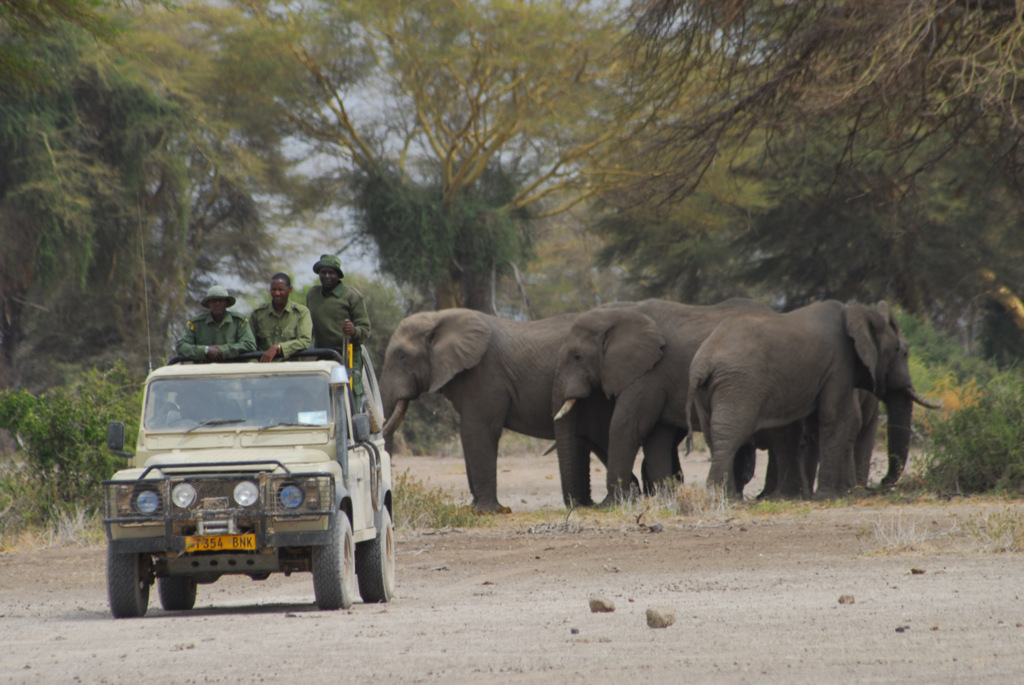
OPINION POST by Fred Nelson, Maliasili
Driving on the road to Randilen Wildlife Management Area (WMA), the landscape changes dramatically from bare ground to lush waist-high grass as one crosses into the WMA from surrounding community lands. Herds of elephant wander calmly across the savannah woodlands throughout the 30,000-hectare WMA, accompanied by giraffe, herds of zebra, and rarer antelope such as fringe-eared oryx. Located adjacent to Tarangire National Park, in northern Tanzania, Randilen embodies a growing trend across eastern and southern Africa: community-managed conservation areas that are effectively managed and delivering conservation results equivalent to government parks and reserves.
Like other conservation initiatives across eastern and southern Africa that are managed by communities, WMAs originated in the late 1990s as a management response to the need in Tanzania to change the relationship between local communities and wildlife. During the 1980s and 90s, wildlife, including huge herds of elephants and nearly all the country’s black rhinos, were subjected to heavy poaching. Government agencies and foreign donors, including the US and German governments, worked to reform the conventional conservation approaches based on protected areas and anti-poaching enforcement, to also offer communities an economic stake in wildlife’s future. WMAs were intended to provide that by devolving rights to make management decisions and capture revenue from wildlife utilisation, including both photographic tourism and trophy hunting, on community lands adjacent to national parks and game reserves.
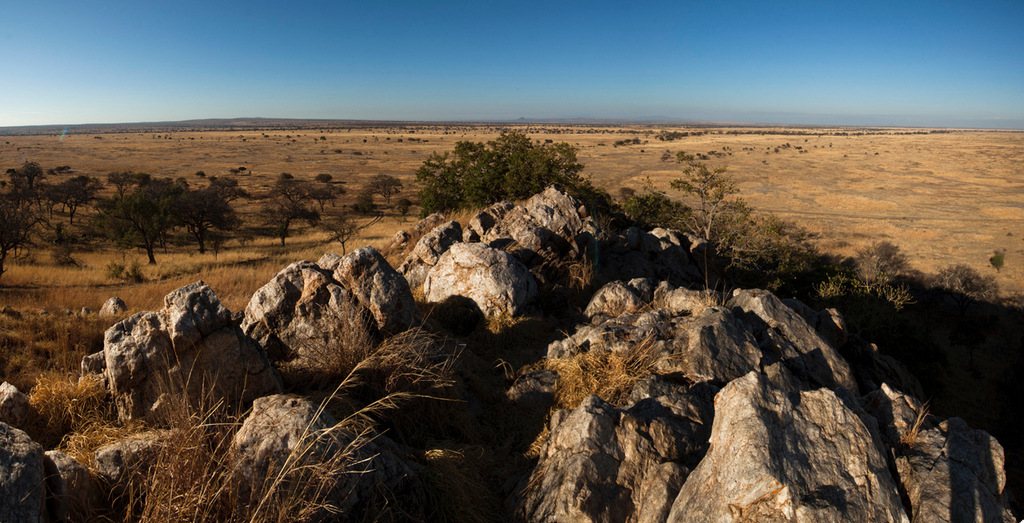
For many years, though, these WMAs languished, mainly due to the unwillingness of government agencies to devolve sufficient rights and control over wildlife revenues to the local scale. But within the last five years, there is new evidence that WMAs are finally beginning to make community-based conservation a reality in parts of Tanzania. Researchers published findings in 2018 showing that giraffe and other wildlife populations in Randilen had increased markedly following WMA establishment. More recently, another group of researchers published new findings showing that in the nearby Burunge WMA, which also borders Tarangire National Park, elephant and wildebeest populations increased from 2011 to 2018. They also found that wildlife densities between the WMA and Tarangire were overall similar, and that community conservation areas could support wildlife populations similar to national parks.
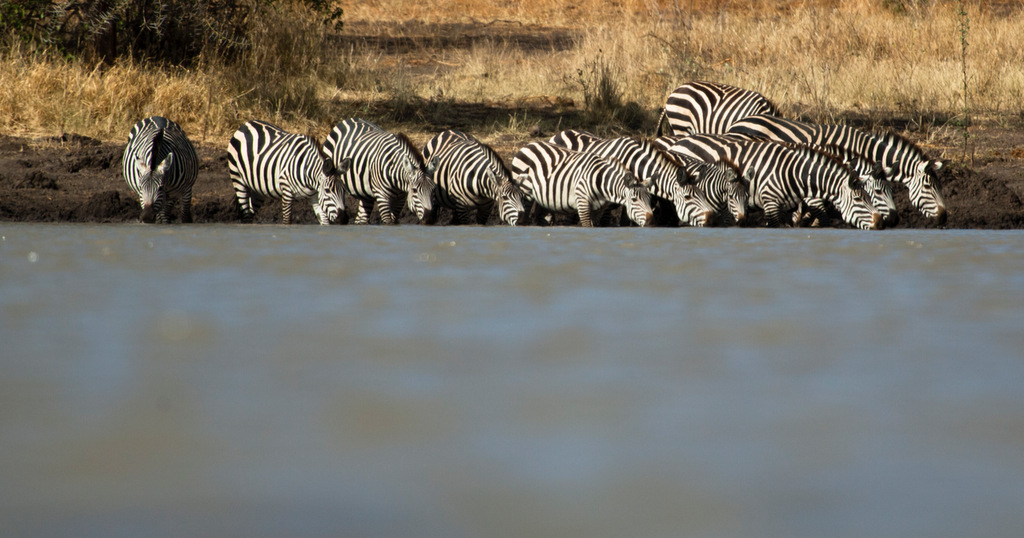
At the same time, these community conservation initiatives are delivering improved returns to local people from wildlife. Randilen’s tourism income increased by over 40% from 2016 to 2018, when it generated over $200,000 for the WMA’s management and member communities’ village governments.
Much more importantly for the future of wildlife in Africa, in the face of growing economic and demographic pressures, is that this kind of progress reflects wider regional trends in community-based conservation.

In Namibia, undoubtedly eastern and southern Africa’s leader in community conservation, the ‘communal conservancies’ that were first established in policy and legal reforms during the mid-1990s now cover nearly 17 million hectares across the country. The conservancies play a key role in Namibia’s conservation achievements including the widespread recovery of wildlife across the country over the past two decades, including the tripling in the country’s elephant population from around 7,500 to nearly 23,000 today. The scaling up of Namibia’s conservancies has also driven significant revenue to rural communities that, two decades ago, earned little or nothing from wildlife. Over 80 conservancies now capture around US$10 million in annual benefits from tourism, and other wildlife uses such as game meat while generating over US$60 million in total net national income for Namibia.
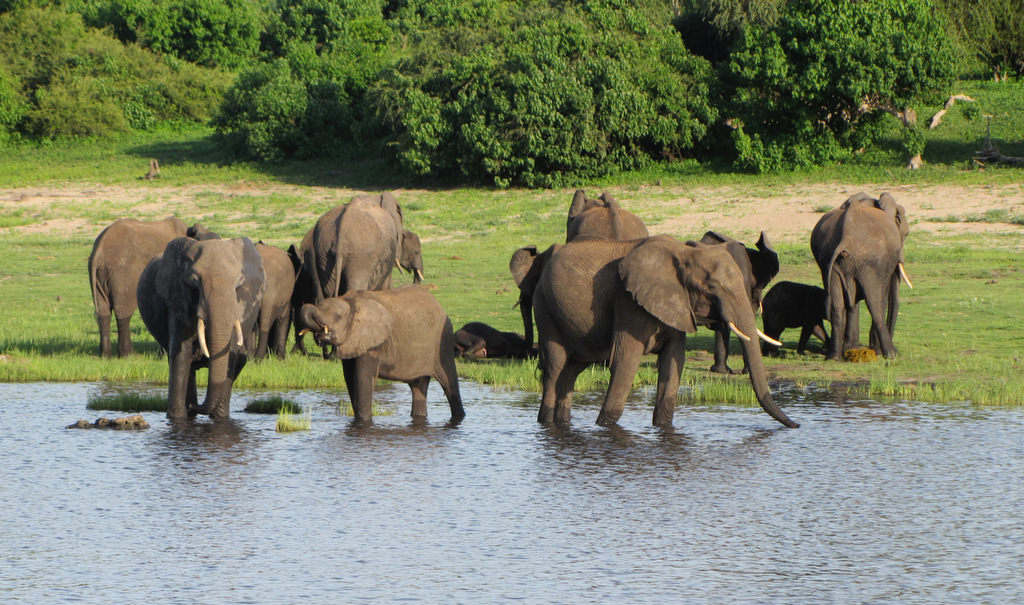
Meanwhile in Kenya, a wide range of community conservation initiatives that had emerged on the local scale as early as the 1990s have more recently coalesced into a national conservancies movement that is now at the centre of the country’s conservation strategies. A key factor has been the 2013 Wildlife Conservation Act, which gave conservancies a legal definition in Kenyan law for the first time. It has led to more significant support for community-based approaches across government, NGOs, and communal and private landholders.
Conservancies in Kenya now cover over 6 million hectares, roughly doubling the country’s wildlife estate, and are also showing significant conservation impacts as well as a wide range of social and economic benefits. For example, researchers have found that in conservancies in northern Kenya, poaching levels were about one-third lower than in adjacent community lands. In Kenya’s second-largest elephant population in the Laikipia-Samburu system, where around 7,000 animals roam across community conservancies and private ranches, poaching rates declined by 53% between 2012 and 2015, while elephant numbers increased by 12% from 2012 to 2017. Other critically endangered species including black rhino, Grevy’s zebra, and the hirola, an endemic antelope, are all being supported by conservancies.
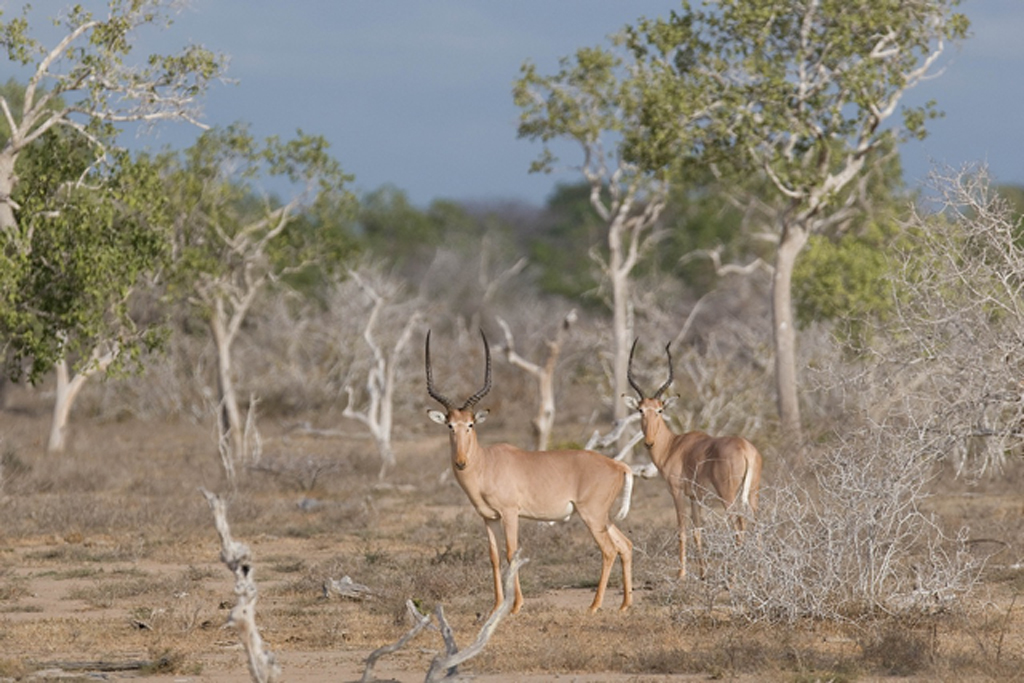
At the same time, a new World Bank report on conservancies, titled ‘When Conservation Becomes Good Economics’, estimates that tourism income in conservancies as of 2017 was about $12 million, and concludes that “a strategic expansion of conservancies offers an opportunity to complement the government’s current focus [on national parks].”
The scaling up of community conservation – between Kenya and Namibia alone, community conservancies now cover nearly 23 million hectares, or an area roughly equivalent to the entire land area of Uganda – is one of the most important trends in African conservation over the past decade. As conservationists are faced with the urgent need to scale up effective conservation solutions further, this creates critically important opportunities to further expand the scope and impact of conservancies and similar community-based models. There are three key priorities to do this in the near-term.
First, most of the progress of community conservation is attributable to a growing cadre of talented African conservation organisations that often have emerged specifically to advance community-based approaches in different sites and countries. In Namibia, local groups such as IRDNC have played a key role in providing the vision, local facilitation, and long-term presence that has been critical to the development of conservancies. In Kenya, the Northern Rangelands Trust has pioneered conservancies in the northern part of the country. At the same time, newer community groups such as the Maasai Mara Wildlife Conservancies Association are now playing a pivotal role in other key landscapes. At the national scale, the Kenya Wildlife Conservancies Association plays a crucial role in engaging with government on significant policy issues.
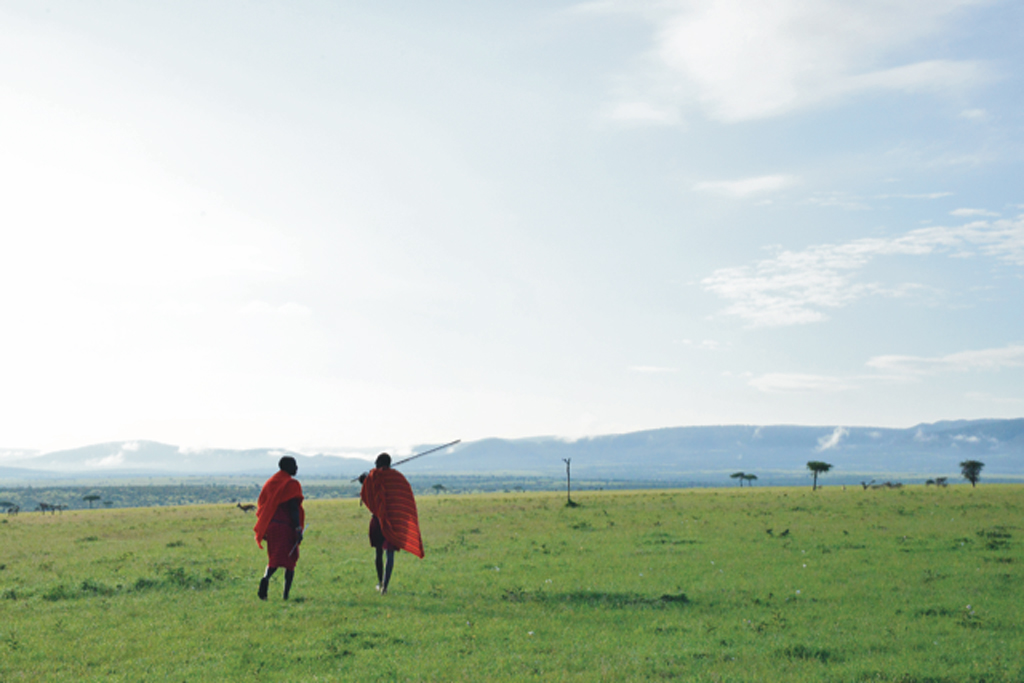
Similarly, in Tanzania, the progress made by Randilen has been possible mainly due to the recent efforts of Honeyguide, a local organisation that has brought critical business development and professional management skills to the support of WMAs in the northern part of the country. Providing external support to these key local organisations is fundamental to strengthening and scaling up community-based conservation models.
Second, funding models are needed that provide long-term support to community conservation. Funding needs to be tailored to different stages of conservancy development, from early-stage seed funding to longer-term support through trust funds and similar mechanisms. For example, Namibia has recently established a Community Conservation Fund of Namibia to provide long-term sustainable financing of conservancies that are not yet financially self-sufficient and to provide other needed services.
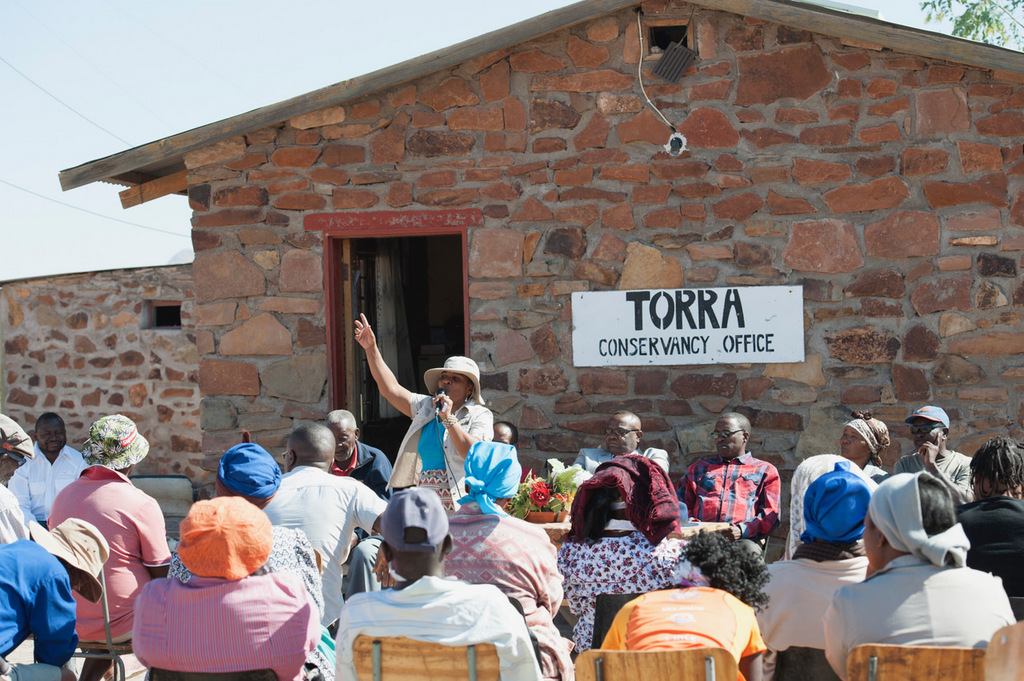
Lastly, conservation efforts need to continue to grow private sector investment as the core source of long-term financing for conservancies and other conservation efforts driven by communities. The growth of tourism investment in conservancies in Namibia and Kenya has been key to progress in those countries, as communities are gradually able to capture a growing share of the regional wildlife and tourism economy. But community conservation needs to move beyond an exclusive reliance on tourism as well. Significant efforts are underway to integrate livestock markets and trade with conservancies in Kenya, and to develop substantial flows from carbon credits derived from improved forest management in several community conservation areas in Kenya, Tanzania and Zambia.
As the new decade begins, conserving Africa’s wild landscapes faces unprecedented pressures from illegal wildlife trade, habitat loss, infrastructure development, and the effects of climate change. But conservation progress delivered by communities provides perhaps the most significant opportunity to expand the area of land under conservation, while dramatically broadening conservation’s local stakeholders. All efforts should be made to capitalise on this opportunity.
Fred Nelson is the Executive Director of Maliasili, a US-based organisation that supports leading African conservation organisations to increase their impact and effectiveness.
To comment on this story: Login (or sign up) to our app here - it's a troll-free safe place 🙂.![]()






